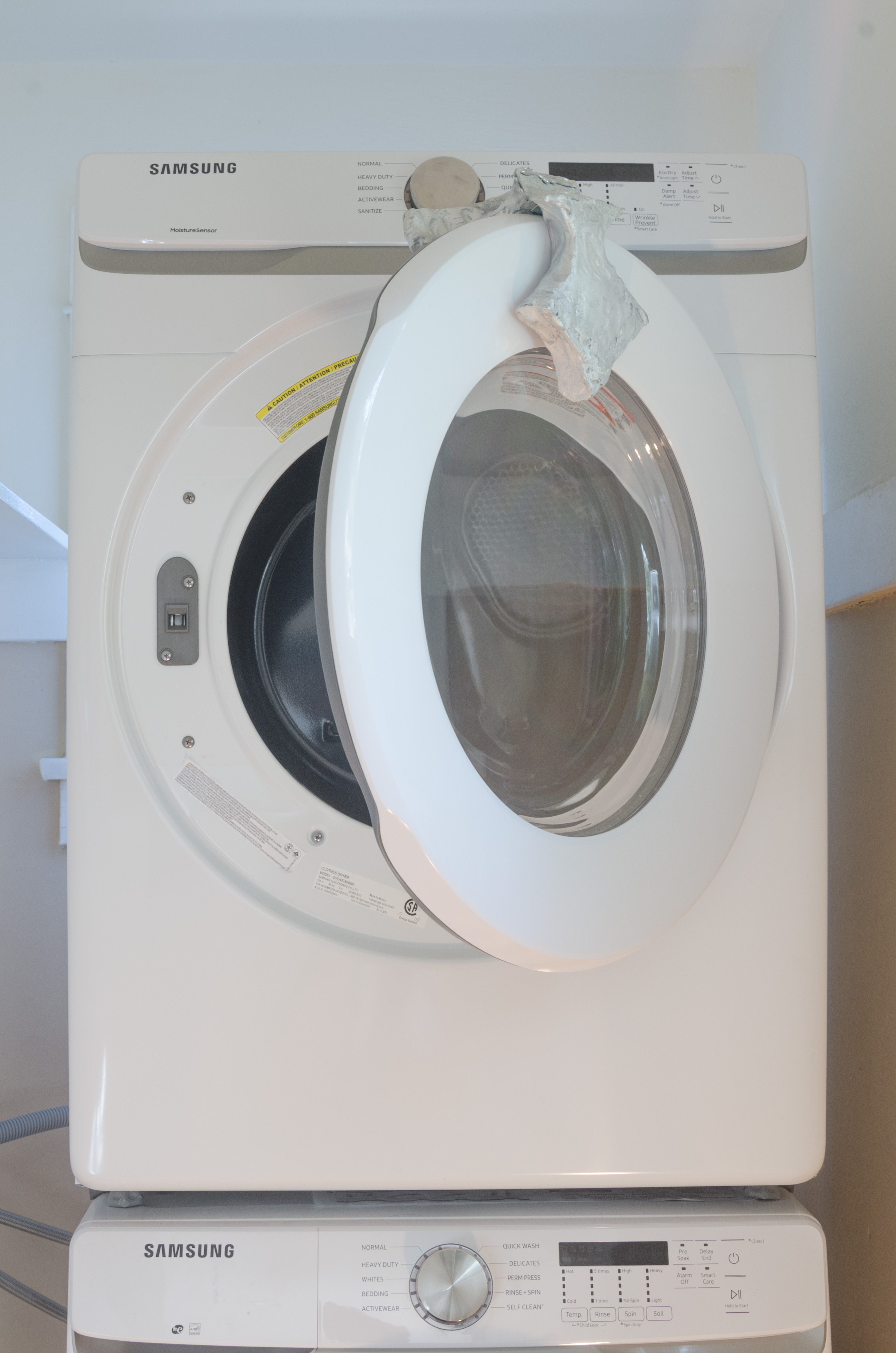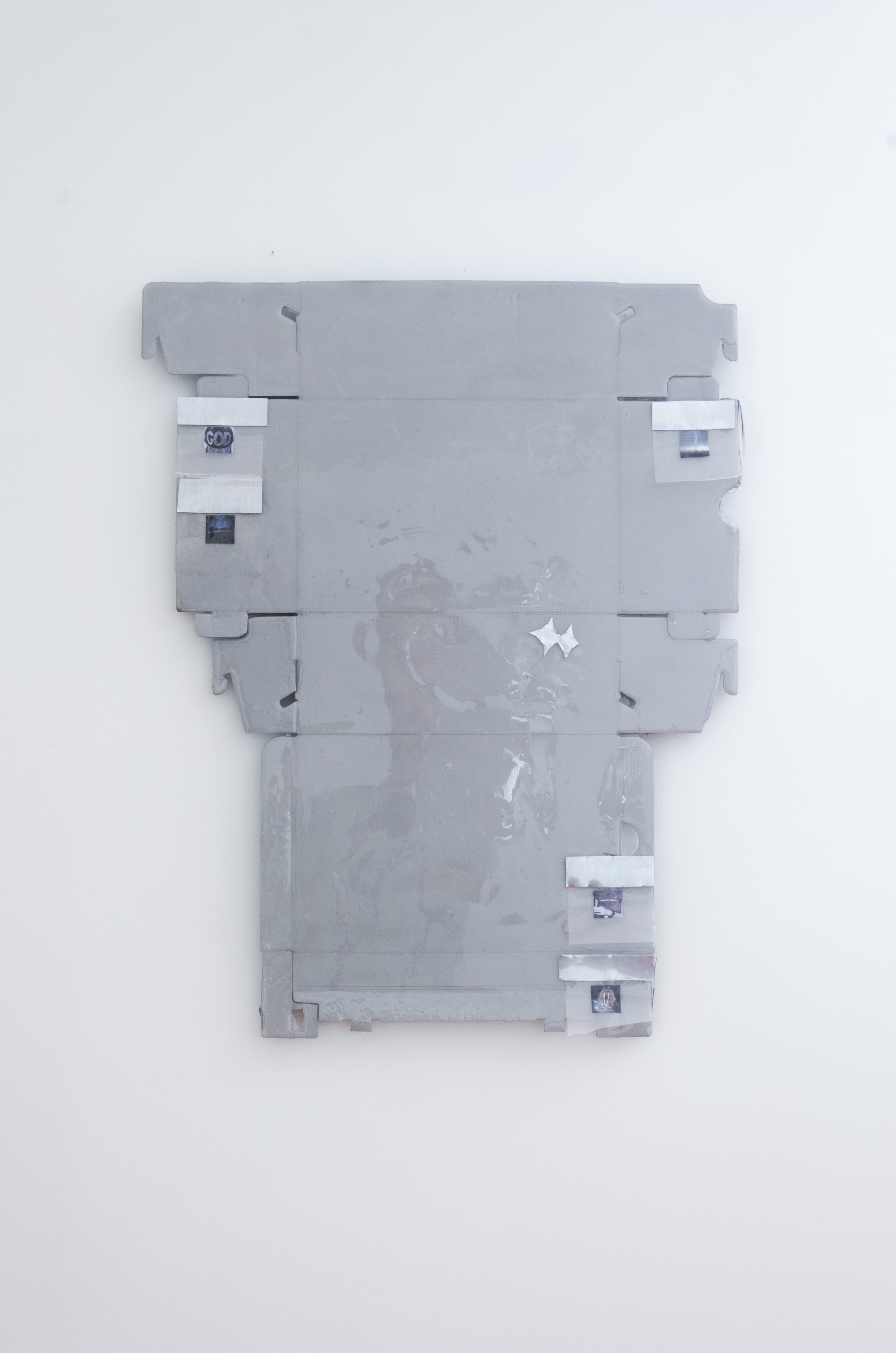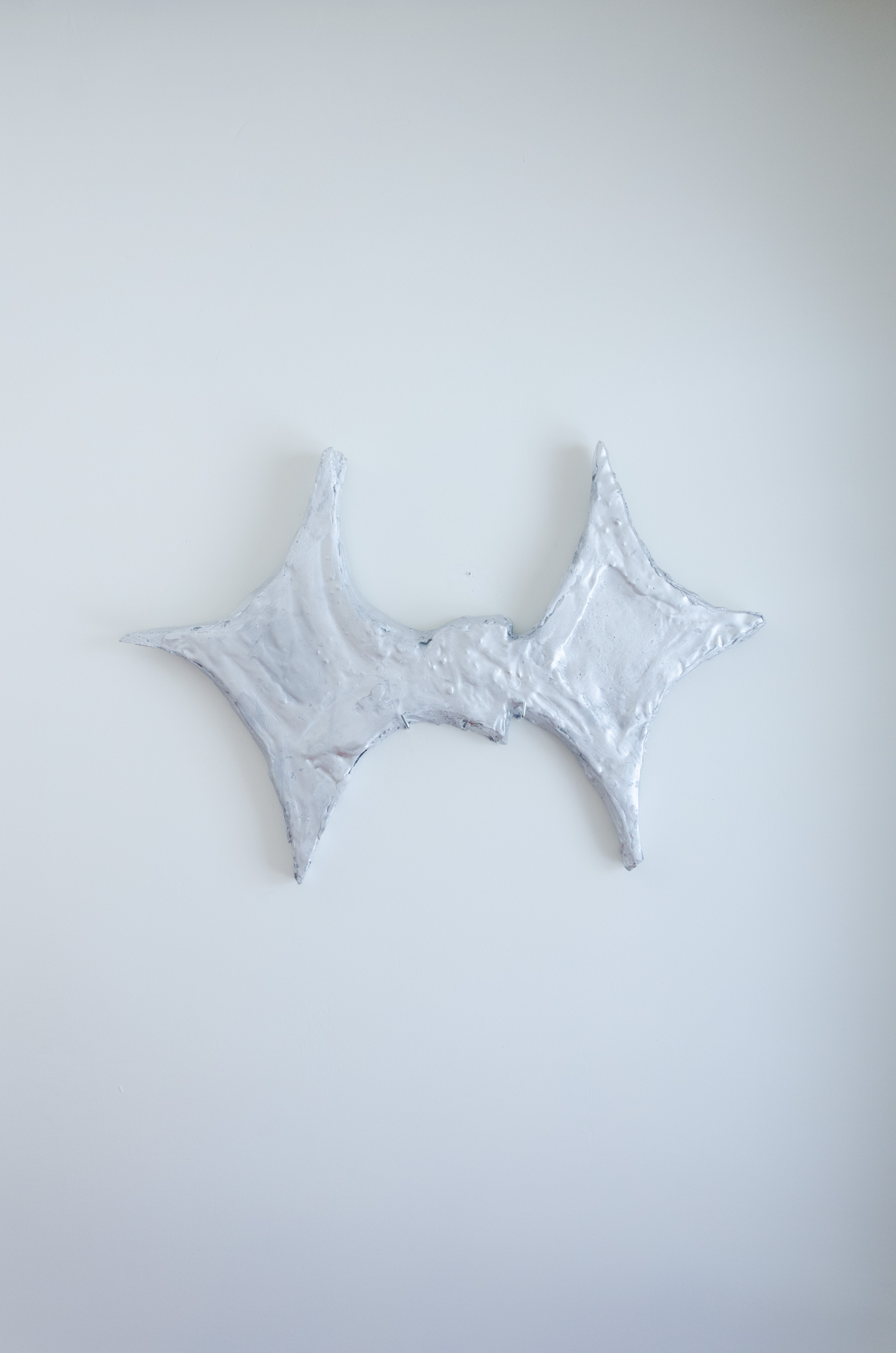Fall 2022
every star is a pit
Nov 6th-8th, 2022
Nov 6th-8th, 2022
Artist
Hannah Sage Murphy
Photos by Simon Bermeo-Ehmann
Hannah Sage Murphy
Photos by Simon Bermeo-Ehmann
Show Statement
By David Lisbon, Edited by Lauren Studebaker
With the invocation of a new thought or the distillation of a new concept, new worlds begin to unravel themselves. These worlds, formed by these new experiences, are also unconsciously informed by an individual’s archive of personal memory. Sometimes all that is required to build the future is creating space to distill past experiences.
As a result of the rapid changes in our ability to access information, the way we view the utility of memory has changed. Never before have so many verified archives of our lives existed. In the past, personal memory was the strongest archive. This idea of visiting and revisiting an origin point was a way of survival for both the body and mind, and was often aided by devotional objects, storytelling, or through image-making. In ‘every star is a pit,’ Hannah Murphy embarks on a journey through certain touchpoints and ideas tasked with the care of collective and individual memory.
This is fundamental in Murphy’s exploration of origin and memory—she prioritizes the leaving of space for the unformed or unrealized, giving them the room to become something new. In her mounted lockets, and her wall panels in the patterns of yet-to-be-folded boxes, Murphy creates memory palaces—a long-used spatial mnemonic—for the experiences of both the artist and the viewer. Held close to the heart, a locket is a perfect resting place for a reminder of an origin.
By leaving the inside of a locket bare—instead of filling her vessels with produced memory or stock images—Murphy gives the viewer multiple entry points for finding meaning, perhaps even connecting a starting point found in the work to their own experiences. In her wall works, Murphy tears down the walls of the memory palace, exposing one’s inclination to obfuscate and re-write certain memories. Through these exercises with space and storage, Murphy’s sculptures engage experiences of the viewer by confronting their associations with objects and sentimentality, as well as by comforting them by providing a space for reflection.
By David Lisbon, Edited by Lauren Studebaker
With the invocation of a new thought or the distillation of a new concept, new worlds begin to unravel themselves. These worlds, formed by these new experiences, are also unconsciously informed by an individual’s archive of personal memory. Sometimes all that is required to build the future is creating space to distill past experiences.
As a result of the rapid changes in our ability to access information, the way we view the utility of memory has changed. Never before have so many verified archives of our lives existed. In the past, personal memory was the strongest archive. This idea of visiting and revisiting an origin point was a way of survival for both the body and mind, and was often aided by devotional objects, storytelling, or through image-making. In ‘every star is a pit,’ Hannah Murphy embarks on a journey through certain touchpoints and ideas tasked with the care of collective and individual memory.
This is fundamental in Murphy’s exploration of origin and memory—she prioritizes the leaving of space for the unformed or unrealized, giving them the room to become something new. In her mounted lockets, and her wall panels in the patterns of yet-to-be-folded boxes, Murphy creates memory palaces—a long-used spatial mnemonic—for the experiences of both the artist and the viewer. Held close to the heart, a locket is a perfect resting place for a reminder of an origin.
By leaving the inside of a locket bare—instead of filling her vessels with produced memory or stock images—Murphy gives the viewer multiple entry points for finding meaning, perhaps even connecting a starting point found in the work to their own experiences. In her wall works, Murphy tears down the walls of the memory palace, exposing one’s inclination to obfuscate and re-write certain memories. Through these exercises with space and storage, Murphy’s sculptures engage experiences of the viewer by confronting their associations with objects and sentimentality, as well as by comforting them by providing a space for reflection.










